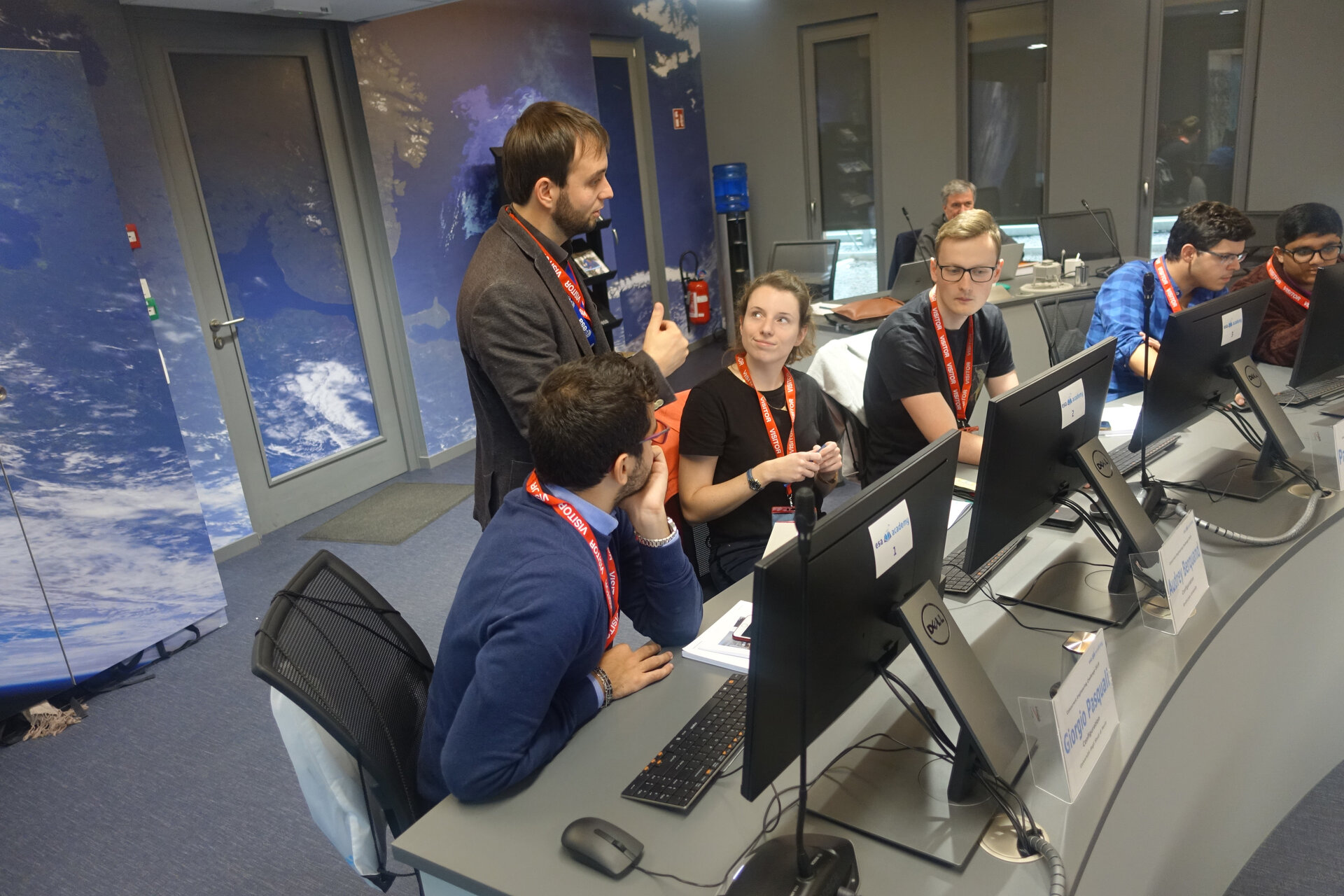108 students take part in ESA Academy’s Concurrent Engineering Challenge 2018!
Last year, ESA pioneered a new Concurrent Engineering Challenge to educate and inspire university students. It proved to be such a success that a follow-up has now been run and completed.
The Concurrent Engineering Challenge 2018 was held from the 22ndto the 26thof October 2018, at ESA Academy’s Training and Learning Facility, ESEC-Galaxia, Belgium. Participating this time were 30 university students from 14 different ESA Member and Associate States, being offered valuable lessons from two experts from ESA’s Systems and Concurrent Engineering Section.
"Not only was this challenge an outstanding opportunity to gain an insight into Concurrent Engineering, but we had the chance to improve our skills in the aerospace sector,”explained a Spanish student from Ramon Lull University. “The experts helped us to develop our designs and gave us advice for our future careers. I strongly recommend taking part in this experience to any hard-working students willing to be better prepared for the aerospace industry."
The students in ESEC-Galaxia were joined via video conference by three other groups from European universities: Delft University of Technology (Netherlands), Luleå University of Technology (Sweden), and Universidad Politécnica de Madrid (Spain). Each of these groups participated by using a Concurrent Engineering Facility like set-up at their premises, in order to be part of the Challenge. In total, 108 university students took part in this challenge!
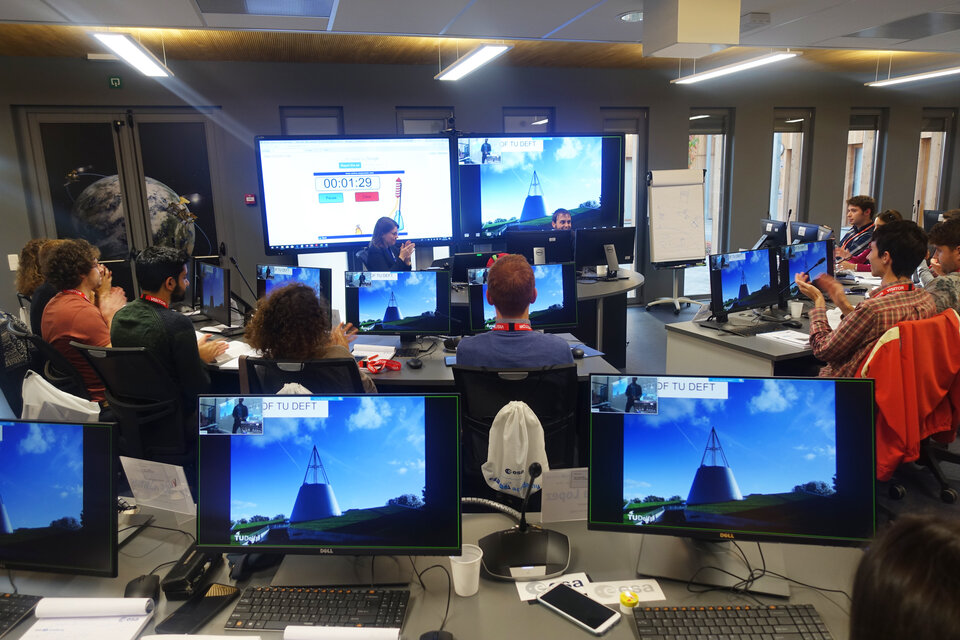
“What an incredible experience, learning so much in such a short amount of time!”said an excited British student from the University of Bristol. “An amazing way to develop team building and working under time pressures. I thoroughly recommend it to anyone interested in Space Engineering."
They began on the Sunday evening by playing the EcoDesign game tolearn about the environmental impacts of a space mission. They asked in depth questions about the life cycle of a space mission and it was a good opportunity for them to have an introduction on the lifecycle assessment of satellites.
Monday was the first full day. The Challenge began with an introduction to Concurrent Engineering given by the Head of System and Concurrent Engineering Section in ESTEC followed byexercises for students to familiarise themselves with the Open Concurrent Design Tool (OCDT), which is the actual tool used by ESA in professional CDF studies. They also discovered more about the ESA Academy programme.
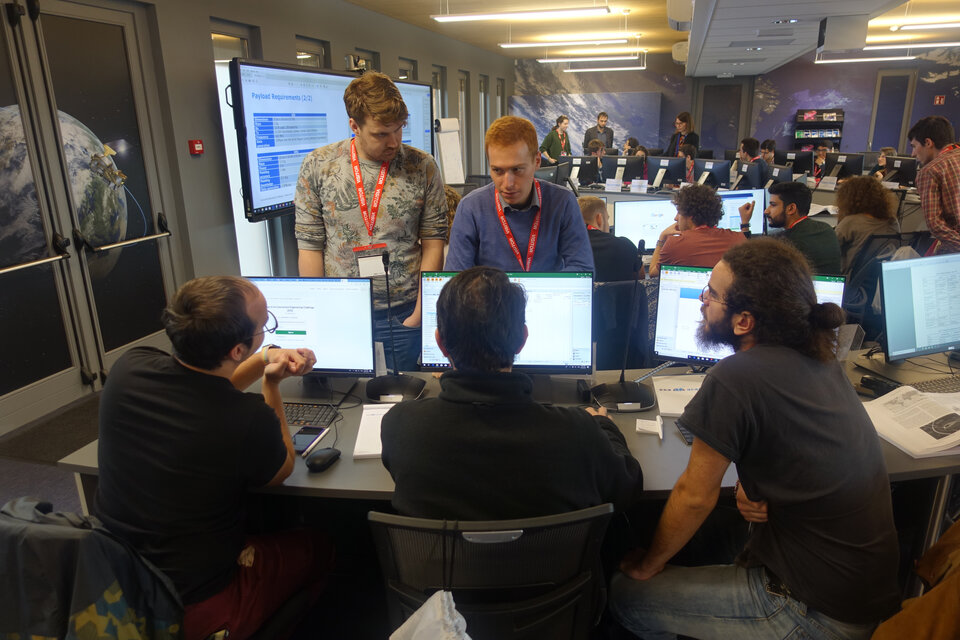
In the afternoon, the students were introduced to the facilities of each participating group. The goal of the Challenge was to give the opportunity to the participating students to apply the Concurrent Engineering Methodology to a real case mission which was revealed: a constellation of satellites in a LEO or HEO orbit that is serving the following needs of the Arctic Region:
- Safety (Search & Rescue)
- Track & Trace shipping control
- Off-shore operations preparation
- Off-shore to land communication
- Space weather applications (e.g. Auroral imaging, observations in Earth Magnetosphere and Radiation Belt)
And so it stated! In each CEF (at ESEC and the universities), the students were divided into teams to cover different mission subsystems: Configuration, Structure, Propulsion, Mission Analysis, Attitude and Orbit Control Subsystem, Power, Thermal, Communication & Data Handling and Mechanisms.
Importantly, the four groups did not compete against each other. Instead, they used video conferencing and a live forum to share each day’s progress, raise any particular difficulties they were facing, and receive helpful input from participants in the other groups.
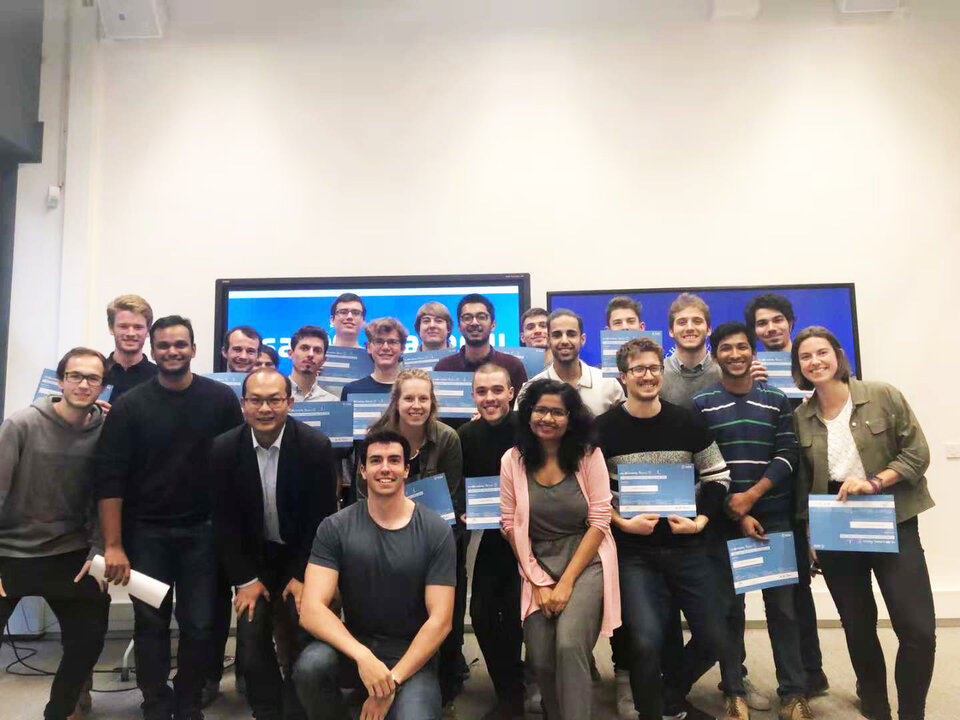
Tuesday, the four groups performed a first design iteration, working in their teams dedicated to a different subsystem.
Wednesday and Thursday were dedicated to the second iteration. A main challenge was identified: one of the required instruments to be embarked on-board of each satellite (Automatic Dependent Surveillance - Broadcast) was not able to provide the required communication link performance in the initially assumed orbit, HEO, and the link budget could not be closed! It was back to the drawing board in order to understand what is the suitable orbit and its associated constraints in order to closed the ADS-B link budget and what are the implications for each subsystem. It was not all bad news though, as the students at ESEC had the opportunity to visit ESEC-Redu and the Proba operations room.
Friday morning,the design was frozen. The proposed mission design were presented by each university to the other groups of students and systems engineers. Different approaches had been taken, and many challenges had been identified. Not every group managed to fully meet the mission requirements, but their identified solutions were certainly demonstrating a good understanding of requirements and concurrent engineering methodology.
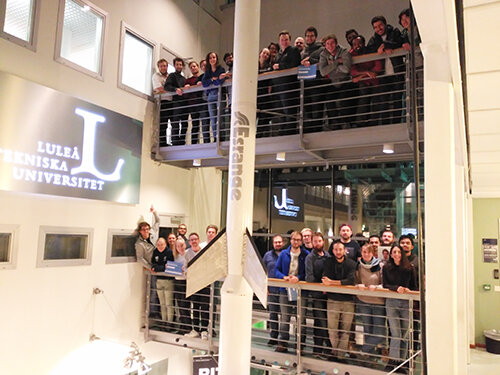
The ESEC group called their mission Satellite for Airborne and Naval Transmission in the Arctic (SANTA). It was designed to provide services to the Arctic regions by using a Polar Low Earth Orbit (1600km) with a constellation of eight satellites. The main difficulty was to fulfil the availability and coverage requirements but, at the end, they succeeded with a set of dedicated helix antennas.
The participating universities were very impressed with the Challenge and its outcomes. A representative from Universidad Politécnica de Madrid said:“The Concurrent Engineering Challenge has been an excellent opportunity for students and professors to practice all together the space system design knowledge that had been acquired in previous theoretical sessions. In addition to the engineering skills, the group of students have been practising other skills like team work, work under pressure in an international environment and presentation of results, which are also essential for their future professional life. It is the intention of the professors to maintain this approach in future courses.”
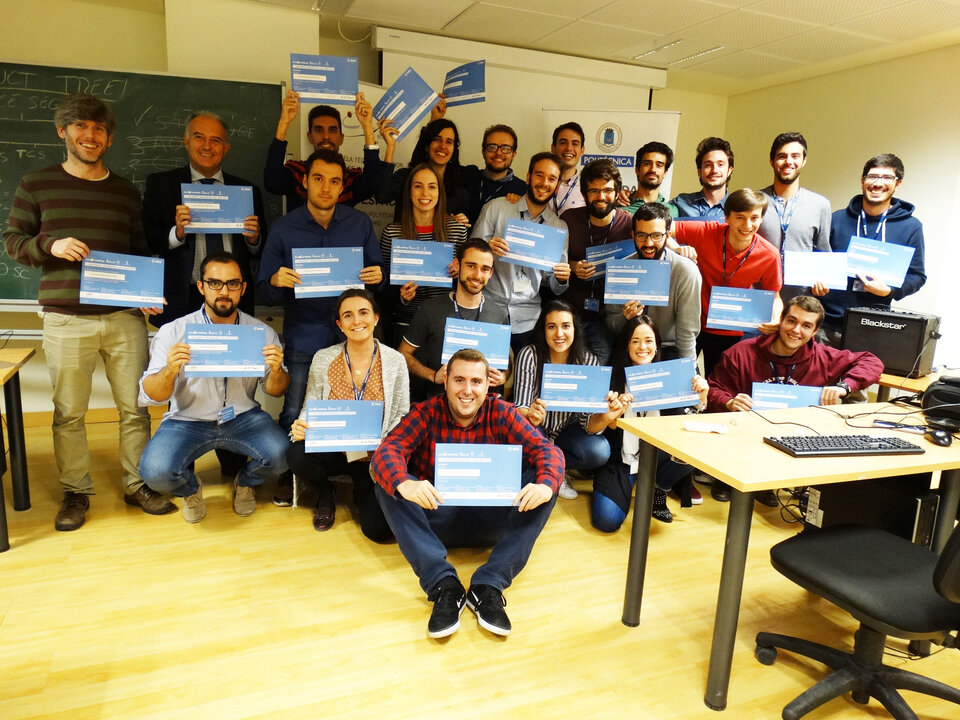
Furthermore,a representative from Delft University of Technology explained that “TU Delft has very much appreciated the opportunity offered by ESA to participate in the Challenge. During the week, students from TU Delft were highly motivated by using OCDT, this State-of-the-Art industrial standard tool. They felt that this tool is very helpful to get a converged design among a team of domain engineers, especially in the last two days when the requirements were changed. Based on students’ positive feedback, we are now considering to integrate a Concurrent Design session into our existing courses, for example the one on micro-sat engineering.”
To find more information about upcoming and future ESA Academy training opportunities, please visit our current opportunities page.
Contact e-mail: esa.academy@esa.int















 Germany
Germany
 Austria
Austria
 Belgium
Belgium
 Denmark
Denmark
 Spain
Spain
 Estonia
Estonia
 Finland
Finland
 France
France
 Greece
Greece
 Hungary
Hungary
 Ireland
Ireland
 Italy
Italy
 Luxembourg
Luxembourg
 Norway
Norway
 The Netherlands
The Netherlands
 Poland
Poland
 Portugal
Portugal
 Czechia
Czechia
 Romania
Romania
 United Kingdom
United Kingdom
 Slovenia
Slovenia
 Sweden
Sweden
 Switzerland
Switzerland

























